Calico or poplin - which is better for bedding?
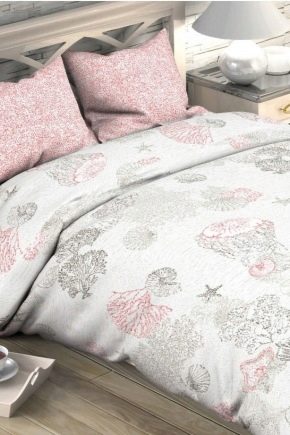
Correctly selected textiles are the main thing in the interior. Not only the comfort and atmosphere of the hearth depends on him, but also a positive attitude for the whole day. After all, you can fully relax and enjoy a pleasant awakening only in comfortable bedding. And the most popular fabrics for this are coarse calico and poplin. But which material is better, you can find out only by comparing their quality parameters.

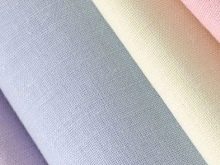
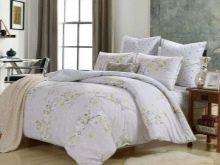
Peculiarities
Most choose natural products, because they are able to pass air well, absorb sweat, do not cause allergies, do not accumulate static, and also know how to maintain the microclimate of the body, warming it in the cold and cooling it in the heat. Cotton is the most natural raw material of plant origin. Cotton wool and dressings are made from its soft and light fibers.
Cotton-based fabrics are characterized by high durability, good hygienic performance and low price. From them are obtained: cambric, calico, terry, viscose, jacquard, crepe, microfiber, percale, chintz, flannel, poplin, ranfos, polycotton, satin. The most popular of them today are coarse calico and poplin.... It is worth figuring out which material is preferable for bedding.
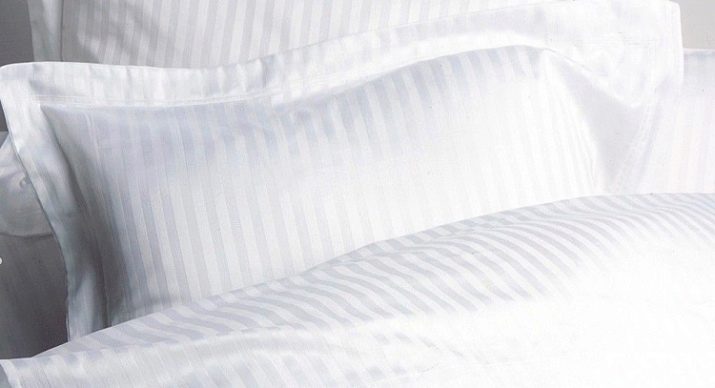
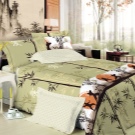
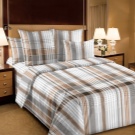
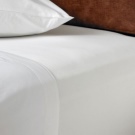
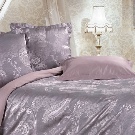

Comparison of compositions
Calico is an environmentally friendly natural fabric made from cotton fibers. Usually it is cotton, but in some of its varieties, inclusions of synthetic fibers are allowed, for example: percale, supercotton (polycotton). Synthetics (nylon, nylon, viscose, microfiber, polyester, spandex and other polymer fibers) are not always bad. Sometimes it radically changes the characteristics of the material for the better. Bedding fabric containing such fibers crumples less, becomes more durable and elastic, and also the cost of such a product is reduced.
If there is a lot of synthetics, then the material stops breathing, creating a greenhouse effect inside, and begins to accumulate static electricity. By the way, Chinese calico contains up to 20% synthetics.
Poplin is also made from cotton. Although sometimes there are fabrics with the addition of other fibers. It can be both artificial and natural fibers, or a mixture of both.
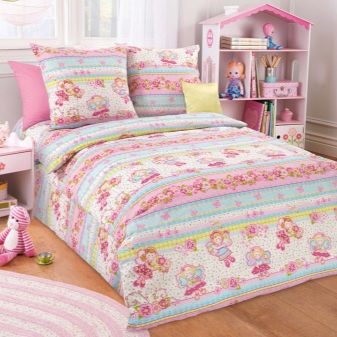
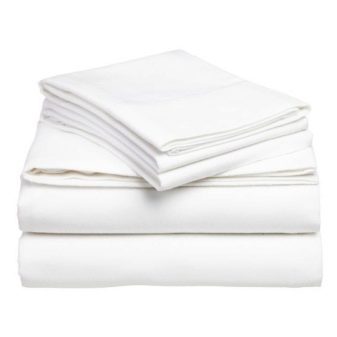
Overview of advantages and disadvantages
Textile is not just a material that consists of fibers intertwined with each other. This is a combination of qualities such as texture, tactile sensations, colors, durability and environmental friendliness. Therefore, you can choose between coarse calico and poplin only by evaluating them in several categories.

Texture
Calico has the usual plain weave - this is an alternation of transverse and longitudinal warp threads, forming a cross. This is a rather dense material, since up to 140 threads are located in 1 cm². Depending on the values of the surface density, coarse calico is of several types.
- Light (110 g / m²), standard (130 g / m²), comfort (120 g / m²). Bed linen of these types is characterized by high strength and low susceptibility to shrinkage.
- Lux (density 125 g / m²). This is a thin and delicate fabric, characterized by high strength, quality and high cost.
- GOST (142 g / m²). Usually, children's sleeping sets are sewn from it.
- Ranfors. Due to its high density, this type of coarse calico is similar to poplin. Here in 1 cm² there are up to 50-65 threads, while in other varieties - only 42 threads, areal density - 120 g / m².
- Bleached, plain dyed (density 143 g / m²).Usually, such materials are used to sew bed linen for social institutions (hotels, boarding houses, hospitals).
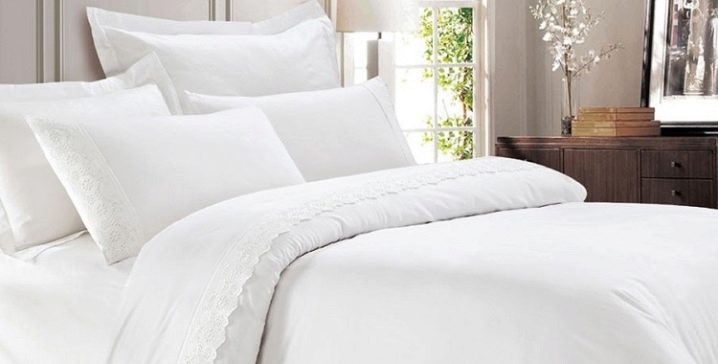
Poplin also has a plain weave, but it uses threads of different thicknesses. The longitudinal threads are much thinner than the transverse ones. Thanks to this technology, a relief (small scar) is formed on the surface of the canvas. Depending on the processing method, poplin can be: bleached, multi-colored, printed, plain dyed. The density varies from 110 to 120 g / m².

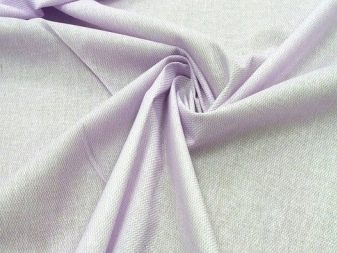
Unpretentious care
Calico is a practical and inexpensive fabric that does not require special care. Sets made of it can withstand 300-350 washes. It is recommended to wash it at a temperature not higher than + 40 ° С. It is forbidden to use bleaches, even the powder should be for colored laundry, and the product itself is turned inside out. Calico, like any natural fabric, is very sensitive to light, so it should not be dried in direct sunlight. The fabric does not shrink or stretch, but if there are no synthetic additives in it, it wrinkles a lot. Therefore, it is necessary to iron the coarse calico, but it is better not from the front side.
It is better not to expose poplin to frequent washing. After 120-200 washes, the fabric will lose its presentable appearance. And it is better to turn the bed linen inside out before washing. It should be washed at a temperature not higher than + 30 ° С and without any bleach... It is also not recommended to squeeze the product strongly during hand wash. It is best to dry outdoors and in the shade. With regard to ironing, poplin is less whimsical. It is such a soft and elastic fabric that it does not need scrupulous ironing, and sometimes the material does not need to be ironed at all.
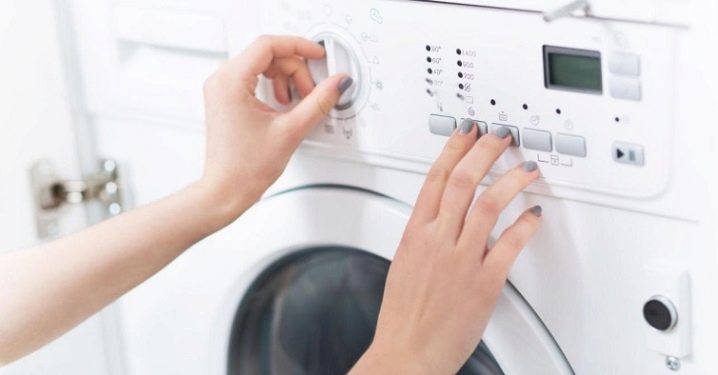
Appearance
Calico is a material with a matte, slightly rough and hard surface. Looseness, visible areas of thickening of the fibers and individual seals give the web some roughness.
Poplin is an embossed fabric with a characteristic shine. Outwardly, it is more presentable, but in its softness it is very similar to satin. The name of the material speaks for itself. It is translated from Italian as "papal". This means that the fabric was named after the head of the Catholic world, since at one time vestments were made from it for the Pope and his entourage.
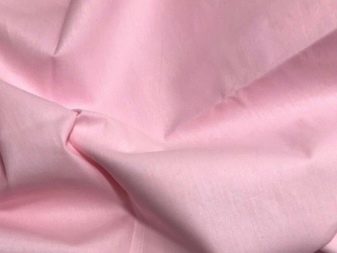
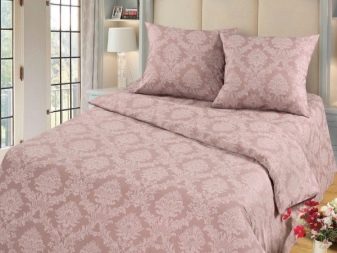
Properties
Calico, as an environmentally friendly fabric, is highly hygienic (breathes, absorbs sweat, does not cause allergies, does not accumulate static), lightness, the ability to please users for many years with excellent durability and the ability to maintain bright colors.
Poplin also meets all the necessary European environmental standards and has good performance. And the respectable appearance of the material, combined with unpretentious care, makes it truly unique among its "brothers".
By the way, recently there have even appeared poplin canvases with a 3D effect, giving volume to the printed image.
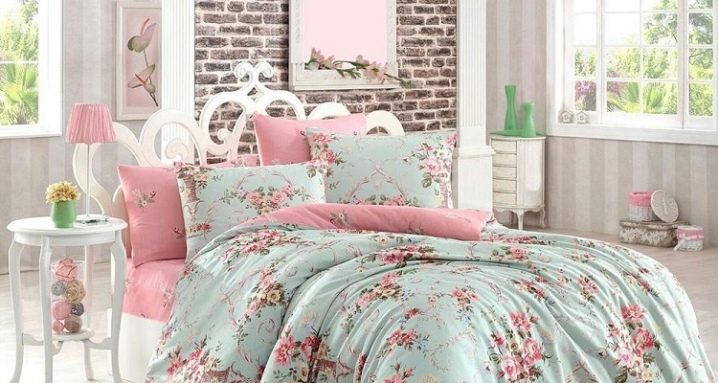
Price
Calico is rightly considered the choice of minimalists. Fabric from the series "cheap and cheerful". For example, a single bedding set made of ordinary printed coarse calico with a density of 120 g / m² costs from 1300 rubles. And the same set of poplin costs from 1400 rubles. That is, there is a difference in prices for products made from these fabrics, but completely imperceptible.
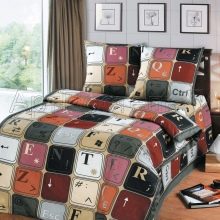


Reviews
Judging by the opinions of customers, both fabrics deserve special attention. With unique characteristics, they have earned the love of some users and the respect of others. Someone prefers the aesthetic side of the product, someone seeks to surround themselves with highly environmentally friendly and natural textiles.
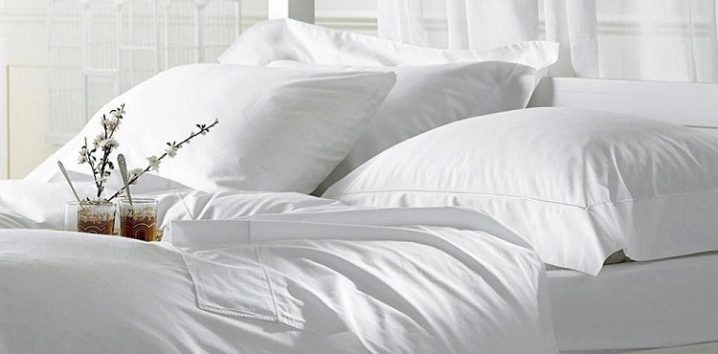
But in any case, the choice should only be based on personal needs, desires and tastes.
In the next video, you will find the difference between bedding fabrics.













The comment was sent successfully.